Barath Raghavan (USC) - Internet Architectural Evolution
Internet Architectural Evolution
The core architectural features of today's Internet were codified three decades ago. They have served us well over these years, both in practice and as something to inveigh against in research. To remedy numerous weaknesses, some have developed clean-slate designs that reimagine the Internet anew, while others have sought and achieved incremental change. What all agree upon is that architectural evolution is hard.
I will describe a line of research, a decade in the making, to enable architectural change in the Internet. This research has three key aims: pluralism, deployability, and meta-deployability. Since we cannot know what the future holds, we designed an architectural “framework” that enables pluralism — the seamless co-existence of many different Internet architectures. Since the high cost of deployment has inhibited experimentation and innovation, we ensured the deployability of new architectures through this framework. And since deployment of the framework itself is a barrier to enabling such architectural evolution, we designed for meta-deployability — for the framework itself to be incrementally deployable in today's Internet.
Host: Nick Feamster

Barath Raghavan
Barath Raghavan joined USC as an assistant professor of computer science in 2018. Previously he led the engineering team at Nefeli Networks, was a senior staff researcher at ICSI, was CTO of a social-impact nonprofit, developed networked systems at Google, and taught complexity theory at Williams College. His work spans an equally diverse range of areas including Internet architecture, network function virtualization, digital agriculture, network security and privacy, rural Internet access, network troubleshooting and testing, and computing for urban resilience. He received his PhD from UC San Diego in 2009 and his BS from UC Berkeley in 2002. He has received a number of paper awards including from ACM SIGCOMM, ACM DEV, ACM CHI, and the IRTF.












